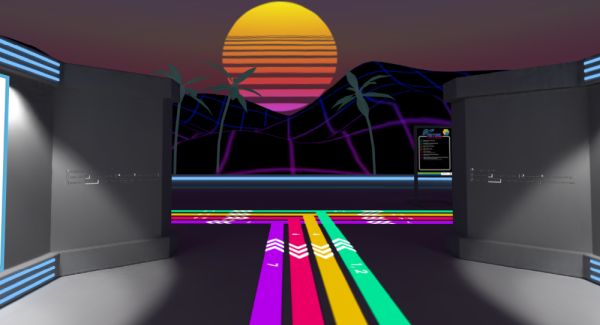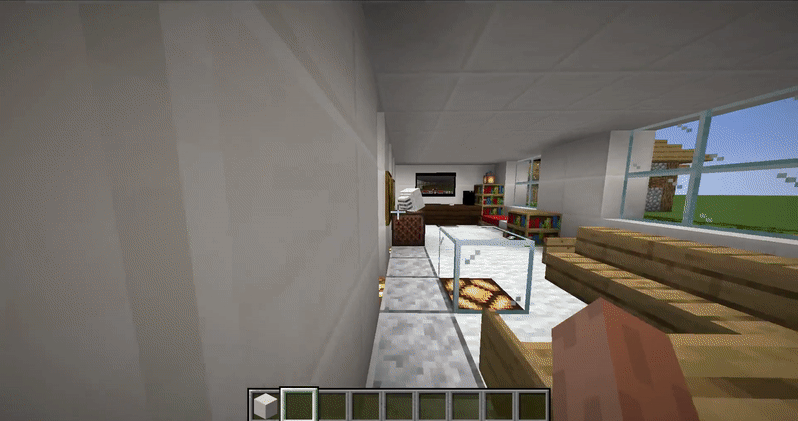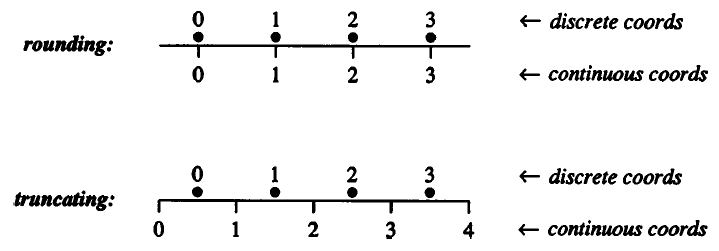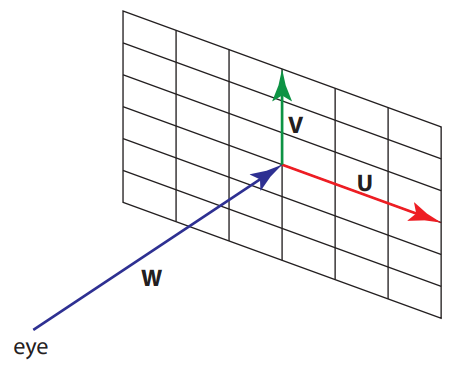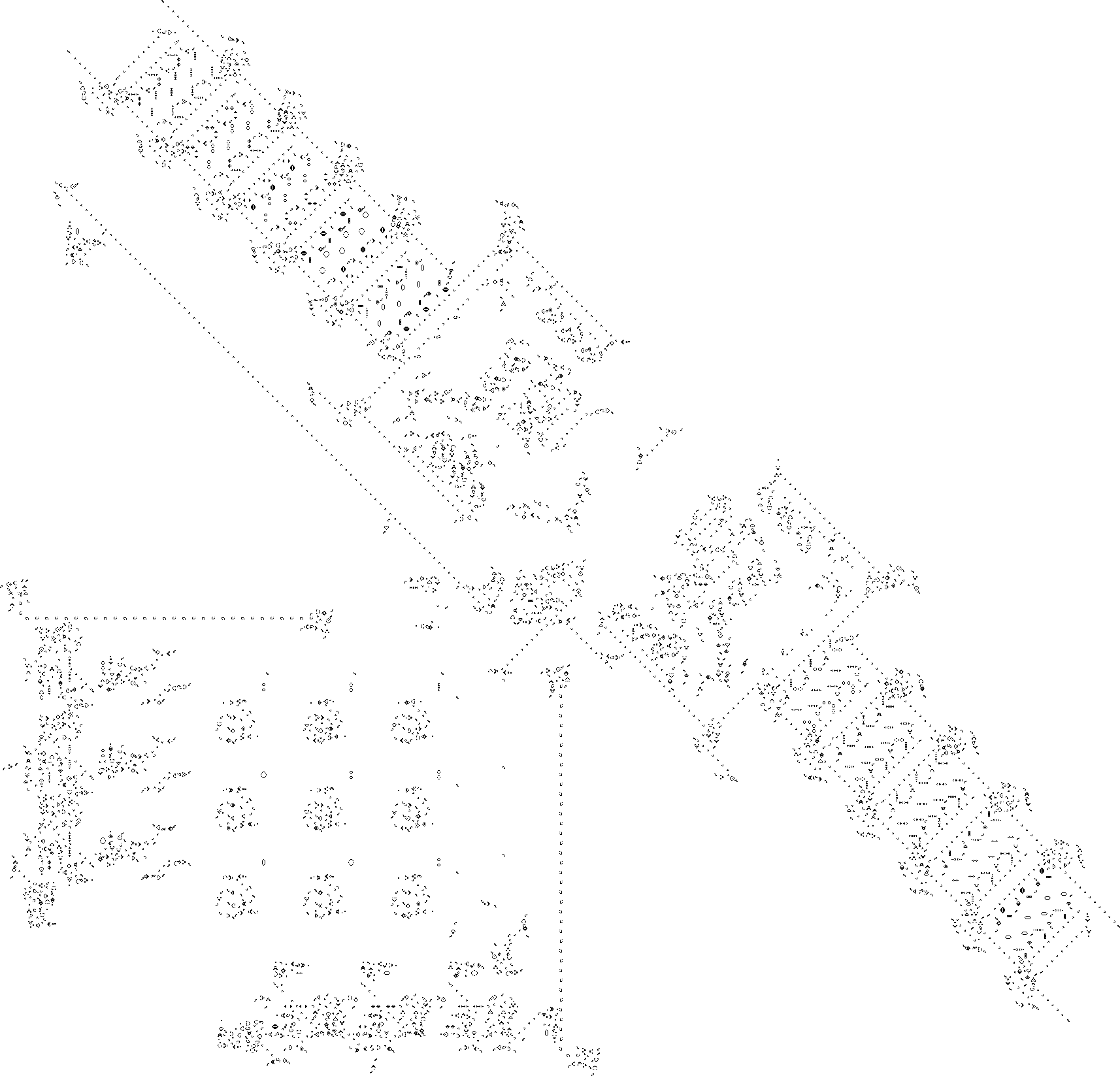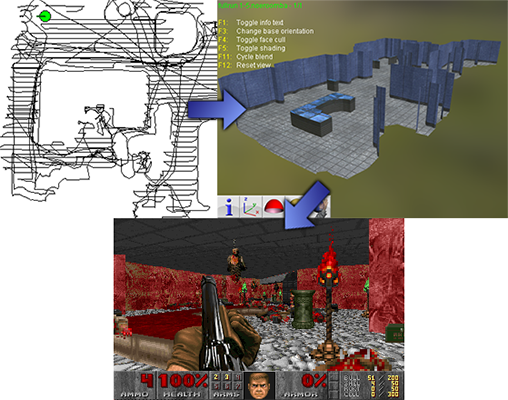Two virtual conferences start this coming week of October 5th:
- SCA 2020, about computer animation, starts Tuesday October 6th
- NVIDIA’s Fall GTC 2020, about, well, NVIDIA stuff, starts with a keynote at the end of Monday, October 5th with sessions in earnest the next day
I’ll “attend” both, since they’re both free to me. I’ve never been to SCA – animation is not something I know all that much about (hand-wave about skinning, morph targets, IK, simulation – you now know all I know), but the virtual format gives me an excuse to dip in, especially for the keynotes. The NVIDIA GTC conference has lots of ray-tracing related talks, so I’ll tune in for them. GTC is free to those with .edu and .gov email addresses (and NVIDIA employees).
SCA is also using Discord, like I3D did, and they kindly provide a short introductory video on how to use it. Even without registering, you can download and watch most of the full paper presentations right now, if you like. During the conference itself, 3-minute summary videos will be played for the papers in a session and then discussion will commence. I’ll be interested to see how this format feels. My attention span is short, as is everyone’s (20 minutes is about the absolute maximum), but 3 minutes I can do.
I admit I’ll likely be multitasking, listening and watching only when something catches my attention, so probably will absorb only a small bit of what I’d get if I attended in person. I’m also unlikely to do my homework, reading the papers and watching the presentations, as I’ll mostly be lurking. That’s one advantage of physical conferences: You’re there, and so are “forced” to pay attention. Yes, you can fiddle with your phone or laptop in a “real” talk, but it’s a bit rude and unseemly – why are you even attending? (Well, the answer is, for single-track conferences, that you went to the conference for three sessions in particular, but have time to blow during the other five sessions. I don’t have a great answer for that problem, and admit to the same – it’s hard to pay attention for 6+ hours each day.)
Anyway, take advantage of these *** times and try things out! Figuring out what makes a virtual conference work well and gets people engaged is going to be important for about the next year, sadly enough. But it’s also a chance to find what works well, uses people’s time most effectively and efficiently, and how people who can’t afford the time or money to attend a physical conference can still stay informed.
